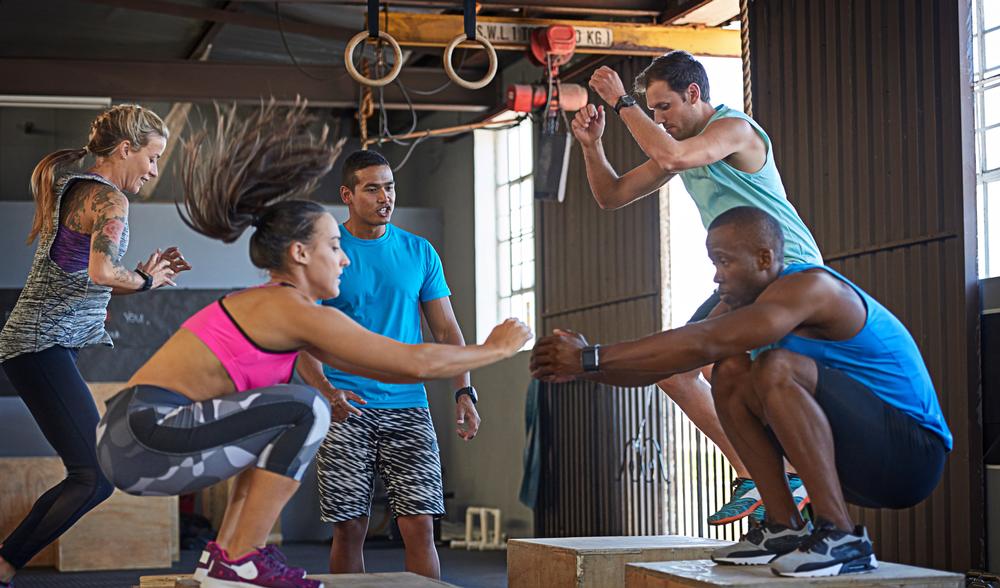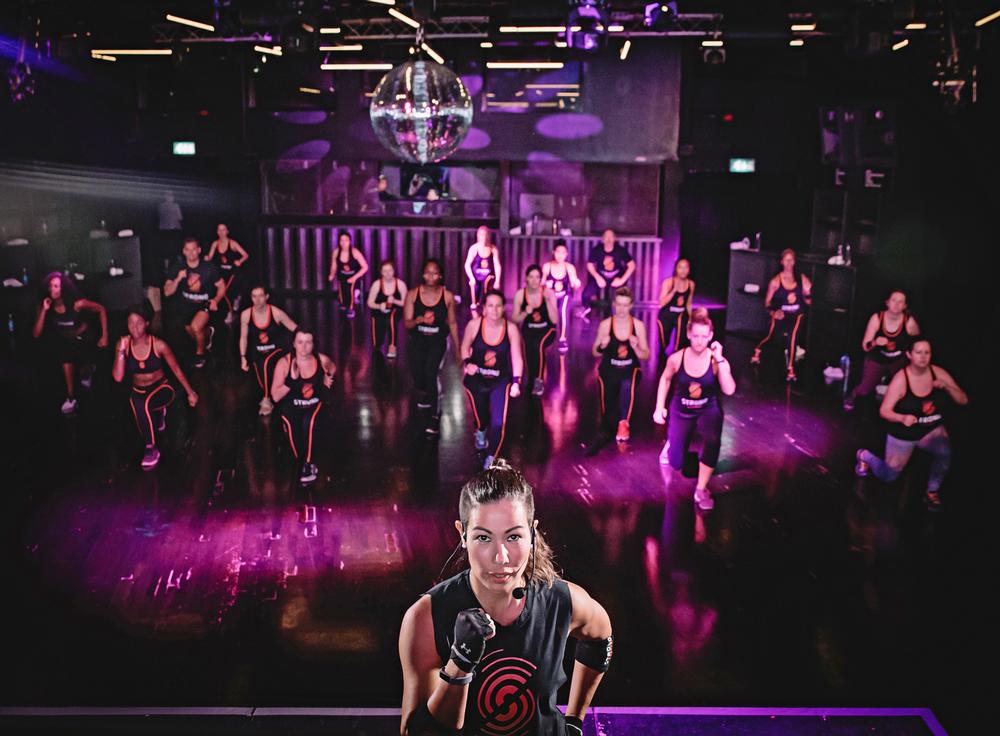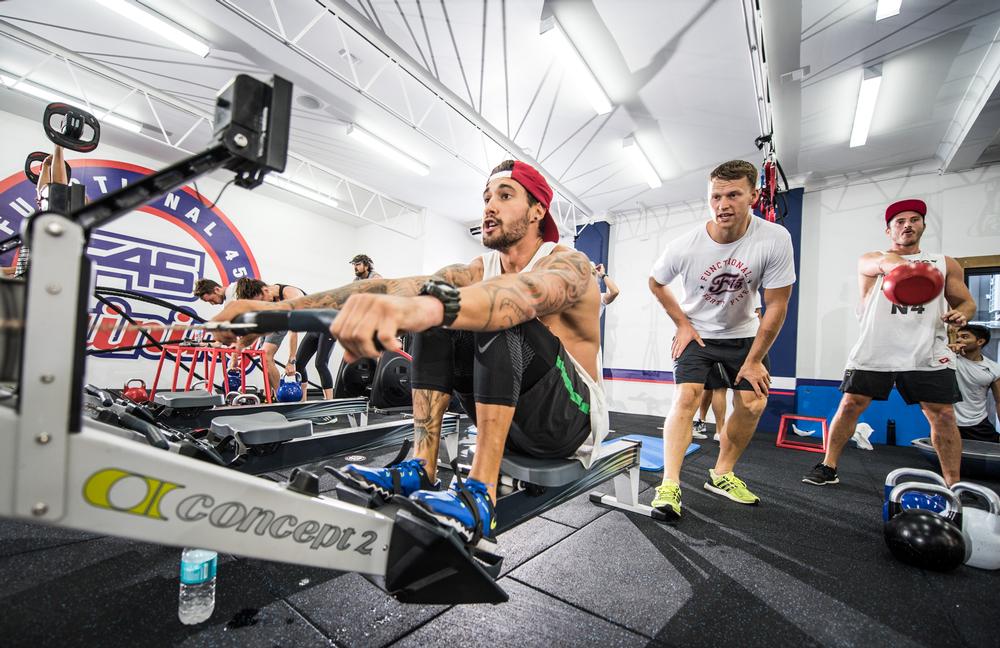Being able to judge how far to push people in order for them to progress, reap the benefits and feel a sense of achievement, without pushing them so far that they injure themselves is a difficult balancing act for any fitness instructor.
When people enter a group exercise class they put their trust in the instructor, who needs to be able to effortlessly take on this responsibility, while keeping the experience high energy and fun. Safety has to be a number one priority, while appearing as though it’s not.
First and foremost, the instructor has to be thoroughly confident in their knowledge and abilities and able to convey this confidence to the member. Training standards and minimum qualifications are rising: YMCA instructors need to be level 2 qualified, and have a specific qualification relating to their field, while many operators, including Pure Gym and Les Mills, now look for Level 3 (see Jean-Ann Marnoch, p28.).
Class profile
Knowing who you have in your class, and ensuring they are fit to participate, means everyone will be given appropriate exercises and not risk injury by being pushed beyond their capabilities. Like many operators, Zumba first screens members with a Physical Activity Readiness Questionnaire (PAR-Q) to find out about medical history. STRONG by Zumba Master Trainer, Natalie Constanti, says this should be backed up with a verbal introduction at the start of every class, so participants know they can approach you if they have any concerns.
Having an idea of who will be attending the class and knowing their background also allows instructors to plan ahead if they are going to need to introduce any exercise modifications. This is especially important for people who are new to exercise or returning after a break.
“Everything is scalable, but it can be difficult to come up with other options on the spot,” says YMCA coach, Nathaniel Soderberg. “This is where it’s really important for us to know our clients and members, and encourage them to come and talk to us before a class, so we can talk through their injury and limitations.”
For newcomers, Les Mills encourages participants to leave the class if they feel they have exercised enough, which is something the instructor needs to reiterate at the beginning of every class. “We suggest the new participant starts with four tracks and builds on from there until they feel competent to complete the whole class – the same rule applies for injuries,” says Sarah Durnford, head trainer of Les Mills UK.
Demonstrate technique
Performing exercises correctly is crucial to keeping injury free, so instructors need to both demonstrate the techniques and watch members closely to make sure they are performing them correctly.
With its 1871 membership, the YMCA has a compulsory fundamentals course that takes individuals through all the main exercises. “This is a great time for the coach to make sure everyone knows and can perform the exercises they will be doing in the sessions,” says Soderberg.
“It allows our coaches to screen people and work out which exercises might need to be scaled or worked on further. We demonstrate the correct technique and also stress the importance of persevering with this correct technique to improve performance and avoid injury.”
For the same reason, co-owner and head trainer of F45, Daniella Boynton, likes to use two instructors in class. She says: “It’s important to take time to give demonstrations and corrections – even long term members sometimes need to be corrected, especially if they push heavy reps.
“I like to have one instructor demonstrating and a second instructor correcting form, especially looking at things like keeping the spine aligned and the core activated to support the lower back.”
Finally, Boynton stresses the importance of making sure everyone is ready for exercise: “The warm up gets the joints and muscles ready for the class and helps to reduce the risk of injury. I tell my classes to never miss a warm up and to arrive five minutes early, so they can warm up without feeling rushed.
“Similarly, the cool down is also very important for bringing the heart rate down, draining lactic acid and preventing delayed onset muscle soreness.
“Stretching or using foam rollers while the muscles are warm and pliable helps to keep them flexible and reduce injury long term.”
























































